“Don’t Look Now” is a cinematic gem from 1973, based on Daphne du Maurier’s 1971 short story. Du Maurier, renowned for her blend of romance and thriller elements, particularly in works like “Rebecca,” captivated audiences with her storytelling. The film’s 50th-anniversary milestone invites us to revisit this strangely beautiful and haunting tale, directed by Nicolas Roeg, a filmmaker who left an indelible mark on cinema.
Julie Christie and Donald Sutherland lead the cast, portraying grieving parents navigating a series of perplexing and unsettling events in the hauntingly beautiful backdrop of Venice. “Don’t Look Now” can be best described as an occult psychological thriller and horror masterpiece that immediately catches your attention with its use of 35mm – and mesmerizing texture – as well as uniquely defined editing.
The movie begins with a captivating visual of rain pouring into a pond of water during the opening credits. Children play under the gloomy English weather while Sutherland’s character, the father, becomes entranced by a photograph of the interior of a Catholic Church. The image is soon marred by a stain of blood, ominously foreshadowing the tragedy that is just about to unfold.
Roeg’s direction offers moments of overdramatization, which, at times, divert attention from the turbulent emotions and experiences of the characters. This approach gives a near Brechtian, alienating sense to a number of scenes – think depiction of shock or overwhelm. Soon after the tragedy, the heartbroken parents leave their son at a boarding school and relocate to Venice, where the husband is involved in restoring a mediaeval church. It is in this enchanting but bizarre – without a doubt – city that unexplainable events begin to pile up, involving psychics, accidents, and murders.
Du Maurier’s work seamlessly complements Roeg’s style. The film introduces seemingly random and enigmatic characters and events that entangle within a ghostly yet striking backdrop. The location itself often mirrors the emotional and mental states of the characters, furthering the sense of mystery. A bold female protagonist is drawn into the realm of the unknown, with death casting a long shadow over the narrative. Sounds like a story that could have only come from the pen that created „Birds” or „My Cousin Rachel”, right?

Source: IMDB
“Don’t Look Now” is a peculiar and stylishly refined film that challenges viewers, eliciting our own nightmares and most overwhelming life experiences. It blurs the line between rationality and reality, interweaving the mythical and unexplainable in a nearly synchronistic fashion. Roeg, known for his emphasis on composition, details, and sound, successfully employed his trademark disorienting editing and narrative techniques in this instance as well. This innate ability he had to link scenes by finding miniature details that connect, disturb, and bind the narrative together, was truly remarkable.
While Roeg’s approach works well for the film’s atmosphere, it may occasionally compromise the performances, rendering them fragmented and –again- Brechtian. Had the characters been rooted in reality, especially at the early stages of the plot, their descent into the unknown and the horrific might have packed an even more powerful punch.
The impactful filmmaker was known for his persistent fascination with human sexuality. That he often portrayed in an animalistic and sometimes perverted manner, which greatly differs from du Maurier’s subtle and elegant approach to romantic relationships. (There is barely a kiss on the cheek in „Rebecca”. If Roeg had a chance to direct it instead of Hitchock, probably there would have been a kiss on the buttcheek too.) However, the infamous sex scene in „Don’t Look Now” did not only stir great debate on how intimate scenes should or should not be shot, but it also hijacks the overall narrative.
One of the film’s standout features is the cinematography by Anthony B. Richmond, who expertly creates a sense of peculiarity when needed, transitioning seamlessly between breezy, modern art-inspired visuals and a photojournalistic style. Roeg, who was a gifted cinematographer in his own right, worked on classics like Truffaut’s “Fahrenheit 451” and Schlesinger’s “Far from the Madding Crowd.” The film’s music, light yet dramatic, enhances certain scenes. Sometimes even overflowing the scene, especially during the second third of the movie. Costumes (pay attention to colors!) and the set design are meticulous.
On a personal note, the inclusion of J.M.W. Turner’s work as inspiration for the lead character while in Venice is a delightful touch. Venice itself serves as a fittingly labyrinthine backdrop, especially when the city transforms into a nocturnal maze. And in the midst of its suspense and tension, what I particularly love about “Don’t Look Now” is that it doesn’t hesitate to poke fun at itself. For instance, the blind psychic’s and her scenes with stairs are brilliant. Look out for her declaration to Sutherland’s character, “You know what I like about Venice? It is so safe for me to walk here,” is met with a wry response as he guides her along on the street, “Steps. Careful!!”
In conclusion, “Don’t Look Now” stands as a timeless masterpiece that continues to astonish and intrigue viewers with its enigmatic narrative, exquisite visuals, and unrelenting sense of dread. It’s a cinematic journey that leaves an impression that is able to transcend the passage of time. In today’s era of heightened interest in psychothrillers and narratives involving couples entangled in peculiar and dramatic circumstances, both du Maurier and Roeg’s work could and should enjoy a renaissance.
You can rent or buy Don’t Look Now on AppleTV, Amazon, YouTube or Google Play.
~ by Dora Endre ~

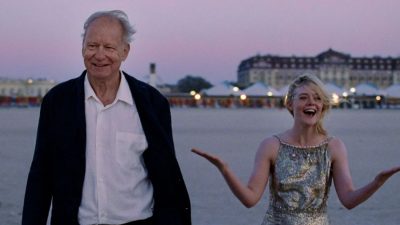
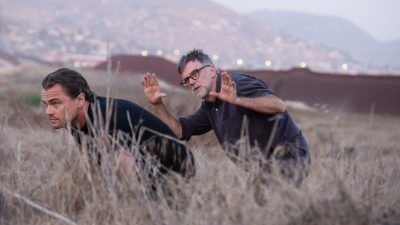
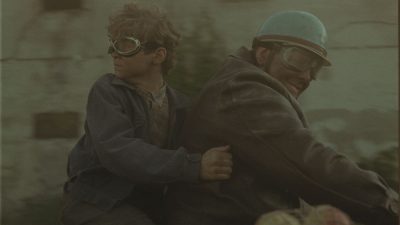
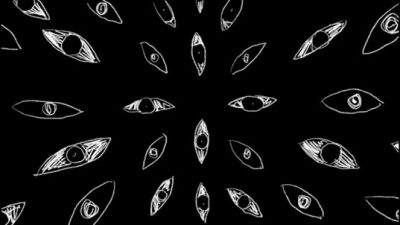


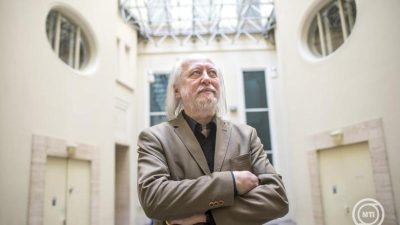





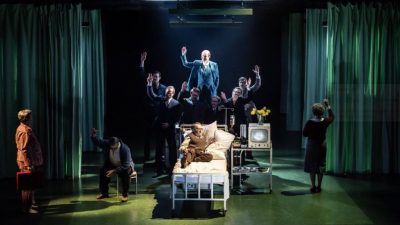
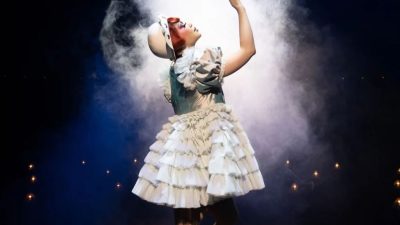
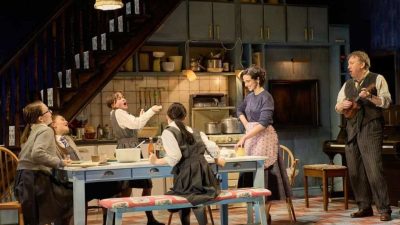
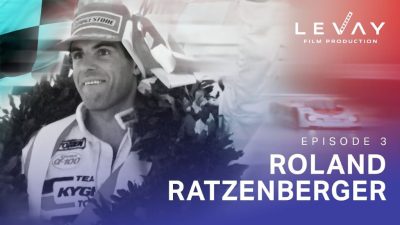






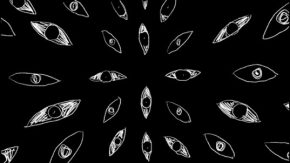
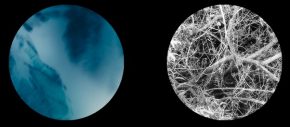
Comments